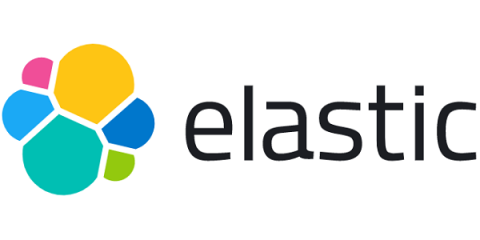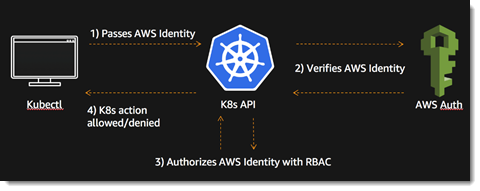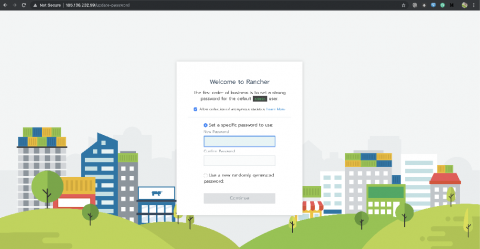A tour of Go concurrency patterns via the new Heartbeat scheduler
Curious about how to write more idiomatic concurrent code in Go? It’s not always easy or intuitive, even if you’ve done lots of concurrent programming in other languages. I’ve been lucky to have worked in a well-written code base, and had the expert advice of Beats core area lead Steffen Siering along the way. In this post I’ll walk you through how we implemented a new scheduler for Heartbeat that is part of our upcoming 7.6.0 release.









